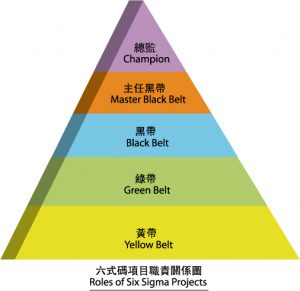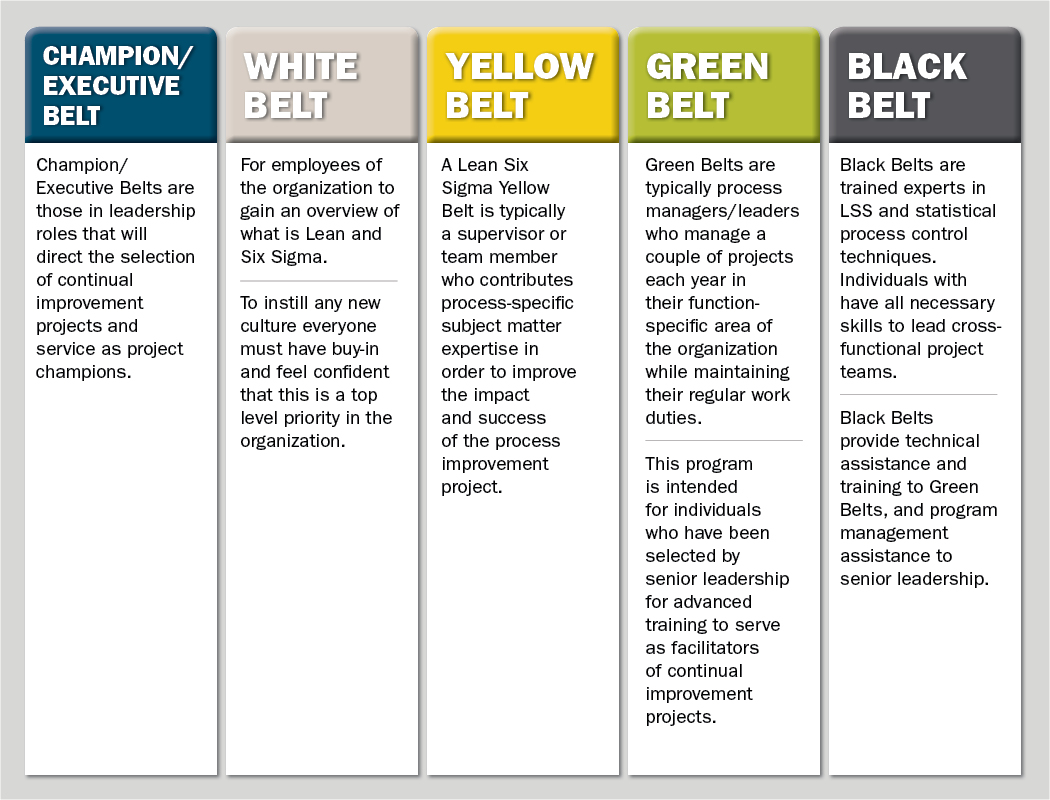

Ideally, a Master Black Belts works like a liaison, relaying information between senior advisors and team operators.Ī seasoned Black Belt with strong leadership and problem-solving skills can go on to become a Master Black Belt in long run.

They work hand in hand with upper management and executives, reporting to them the status of projects. As the ultimate certification, Master Blacks Belts have the most thorough, comprehensive understanding of the methodology. The final certification that Six Sigma professionals strive for is Six Sigma Master Black Belt. In a mature organization, a six sigma black belt will have several six sigma green belts working under him.Īt Quality HUB India we offer this certification and the person should have hands-on experience of applying problem-solving tools in several projects or various process improvement activities like reduction in rejections, defects, customer complaints handling et as a prerequisite with at least three years of industrial experience. This may include performing training sessions, classroom discussions, or other forms of mentorship. As a result, Black Belts are naturally the first to mentor other Belts. These professionals are the main project and team leaders and guide other employees towards bringing value to the process. Level 4: Six Sigma Black BeltĪ Six Sigma Black Belt typically works on a full-time basis driving improvement projects. At Quality HUB India we offer this certification and the person should have basic knowledge of problem-solving tools like 7QC Tools and knowledge about products, processes, etc, as a prerequisite with at least three years of industrial experience. This task is crucial and leads directly to proper data analysis. Their primary roles focus on helping team members collect and organize data for a Six Sigma project.

Likewise, they have expertise in functional knowledge and bringing improvements to a project. First, Green Belts have a comprehensive understanding of Six Sigma, the methodology, and its tools. These professionals are extremely valuable to project managers for a few reasons. While they may work full-time on a complete business process, they will only devote 20-50% of their time to the project itself.

Six Sigma Green Belt typically works part-time on Six Sigma projects. They may guide limited-scope projects and assist managers at higher belt levels.Īt Quality HUB India we offer this certification and the person should have basic knowledge about the processes and product as a prerequisite with at least one year of industrial experience. Yellow Belts may have attended training sessions over a day or two, developing the knowledge on Problem Solving Tools they need to be assigned to a project as fully contributing team members. Level 2: Six Sigma Yellow BeltĪ Yellow Belt designation indicates exposure to Six Sigma concepts that go beyond the fundamentals provided for a White Belt. However, in some cases this level is not being formally recognized and some organization they start the level from Yellow Belt onward. With this basic grounding, White Belts participate in projects and problem-solving tasks related to quality management and waste reduction. A single small session with an overview of relevant methods and tools to workers at all levels of an organization how they contribute to efficient, reliable outcomes. Professionals are considered Six Sigma White Belts if they have not undergone a formal certification program or extended training. They strive to eliminate variation in manufacturing and business operations by implementing standard processes and establishing metrics that minimize the potential for defects and help in improving the bottom line of the organization.Īs a general practice the Six Sigma certification comes in six levels: Professionals who earn Six Sigma certification become key stakeholders in improving the quality of operations within their organizations.
DIFFERENT SIX SIGMA BELTS PROFESSIONAL
At each level, there is an underlying difference that a professional may be having in terms of skills, knowledge, and technical vocabulary to undertake a project. The different levels of sig sigma tell us who can perform what role and when it has to be dealt with in a project. What are the different levels of Six Sigma Certification?


 0 kommentar(er)
0 kommentar(er)
